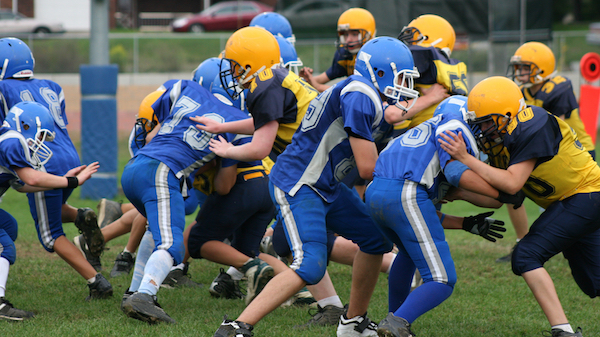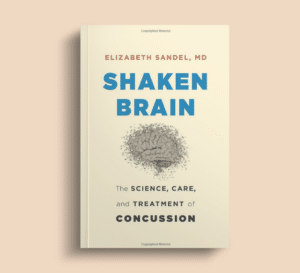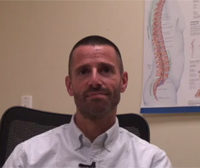Concussion and Youth Football: What’s the Score?

Young athletes of all ages look up to their favorite NFL football players, and to the league itself. Kids enter youth football intent on learning how to tackle like JJ Watt, block like Tyron Smith, and pass like Tom Brady. But when it comes to brain safety and concussion regulation, is the NFL the best role model?
In mid-2016, the NFL and its players association announced the intent to enforce the NFL Game Day Concussion Protocol with disciplinary action, including fines, for violations. Equally reported in the news, however, were controversies such as the league’s alleged influence of a study on brain injury and football. Yet, negative reports of NFL activities haven’t dampened the league’s popularity. In early 2016, Forbes reported that income streams and television rights deals were predicted to bring in more than $13.3 billion for the NFL, up more than 50 percent from six years prior.
While professional football continues to thrive, total numbers of participation in youth football are actually down since 2009, ever since research findings began to reveal the risks for head injury, and several NFL players stated they would delay their kids’ entry into the sport or disallow it altogether. While the number of youth ages 6-12 participating in football increased slightly in 2015, up a tick to 1.23 million from 1.216 million the prior year, interest in the sport still tends to drop off as youth hit their teens. Participation in tackle football among teens ages 13-17 dropped from 1.631 million in 2014 to 1.566 million in 2015.
Still, every year, some 3 million kids hit the field, even though football tops the list of the top 10 most dangerous sports, with 41.21 injuries per 100,000 participants. In fact, from 2013 to 2016, 47 youth football players died playing the sport, with 17 of the deaths directly related to a head injury sustained during practice or in a game.
With so much risk for head injury involved, the question remains: Should kids today even be playing football?
Some parents and student athletes have answered that question with a resounding “no.” Like many mothers across the U.S., one mom in Omaha, Nebraska decided not to let her eighth-grade son play middle-school football, even though the family is composed of Husker football die-hards and the boy’s sister is a competitive gymnast. Although recession-related lower birth rates have been partially attributed to declining numbers of participants, injuries and lack of interest are two factors attributed to a number of schools closing their football programs. Another reason for the decline in tackle football may be the rising interest in flag football; according to USA Football, participation in flag football grew by 8.7 percent in children ages six to 14.
In an effort to turn the tide on concussion, numerous protocols and guidelines have been developed. In addition to the NFL’s protocol, the NCAA now has more stringent guidelines that include best practices for education, pre-participation assessment, recognition and diagnosis of concussion, and post-concussion management.
Legislative actions have also been taken. In 2015 alone, 105 bills addressing traumatic brain injury prevention were introduced, and 31 bills were enacted. Still, state laws vary concerning who is qualified, authorized, or accountable for decisions about removal from a game or retirement from a sport—medical professionals are not necessarily making the decision.
Progress is being made in diagnostic testing. To date, the most widely used neurocognitive screening tools have included ImPACT, a computerized test, and King-Devick, a system of reading cards that studies eye movements, often used as a sideline screening tool. These tests are somewhat subjective not the health of the brain and nervous system, including any healing post-concussion.
Imaging the brain offers hope for diagnosis, and this field is expanding rapidly, with a number of new studies reported in 2016. O one recent study found that positron emission tomography (PET) scans may help identify when an athlete has suffered brain damage after a mild concussion. And UCLA doctors are using a new tool to analyze MRI scans. The tool detects shrinkage in regions of the brain associated with CTE, a debilitating disease whose symptoms include depression, dementia, and Alzheimer’s. To date, CTE can only be diagnosed through an autopsy of a deceased person’s brain. The Brain Bank Research Institute, the Center for the Study of Traumatic Encephalopathy, and Boston University continues to make strides in the study CTE thanks in part to an increasing number of pro athletes donating their brains.
Scientific research is progressing slowly, but there are currently enough findings about the risks of playing collision sports to raise major concerns. While such studies may be slowing turning the tide toward addressing the issue of concussion, what’s needed is a sea of change. Until we have definitive answers about whether young people, whose brains are not yet mature, should be playing collision sports with such high concussion rates, we need to stop allowing youth under age 18 to participate in them.
You Might Also Like
Concussion in Youth Sports
Dr. Andrew Judelson, a physiatrist and sports medicine physician at Spaulding Rehabilitation Hospital, discusses sports-related concussion evaluation and treatment at his outpatient clinic on Cape Cod.
Concussions in College Athletes
Dr. Melita Moore, a physiatrist, sports medicine doctor, and brain injury medicine physician reports about her experiences when she served as the physician for University of California Davis sports teams. She discusses collision sports such as football and soccer that have a high incidence of concussion, but also other sports…
Comprehensive Care of Concussions
Dr. Richard Delmonico, a neuropsychologist, outlines the approaches to triage and treatment in a concussion clinic in the Northern California Kaiser Permanente health system. He also discusses the uses of neuropsychological testing to help with diagnosis and management of people with concussions and other brain injuries.
Keep up to date
Get updates on the latest in concussion, brain health, and science-related tools from Dr. Elizabeth Sandel, M.D.
By clicking SIGN UP, you agree to receive emails from Dr. Sandel and agree to our terms of use and privacy policy.
Get the book!




